1. Angkor Wat, Cambodia
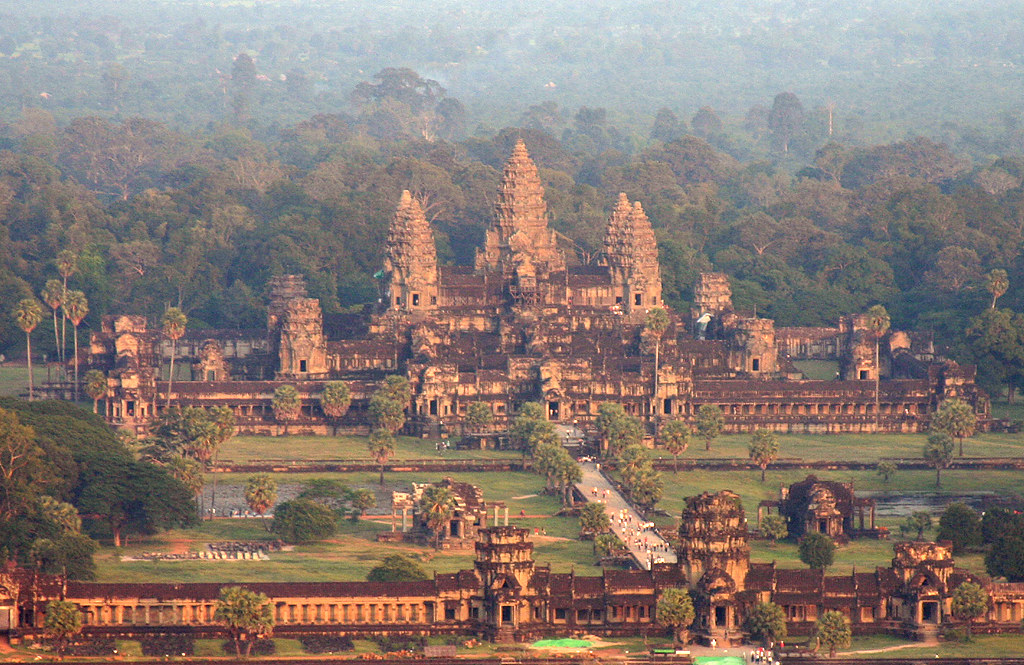
Angkor Wat
is the world’s largest religious monument and it contains impressive
remains from the 9th – 15th century Khmer Empire. Hosting more than two
million visitors a year, this artistic masterpiece is one of the
most-visited historical sites in the world.
2. Taj Mahal, India

One of the most renowned attractions in the world, this ivory-white mausoleum was commissioned by Mughal emperor Shah Jahan to hold the tomb of his favorite wife, Mumtaz Mahal. It’s an amazing symbol of India’s history and you’ll experience Mughal architecture at its finest when you visit the Taj Mahal.
3. Easter Island, Chile

This remote Polynesian island is famed for its 887 surviving monumental statues. With shrines dating back to the 10th century, the landscape is unlike any other you’ll ever see.
4. Petra, Jordan

Petra’s rock-cut architecture has contributed to its nickname, the Rose City, based on the color of the stone it was carved from. The intricate construction of temples and tombs along with the remains of churches and temples are only a couple of reasons why this world-famous site is a must-visit destination.
5. Machu Picchu, Peru

Rising up from a mountain forest to almost 8,000 feet above sea level is Machu Picchu, one of the Inca Empire’s greatest masterpieces. Machu Picchu is often the highlight of a visit to South America.
6. Pyramids of Giza, Egypt

The only lasting wonder of the ancient world, these unbelievable monuments were constructed back when Egypt was one of the world’s most powerful civilizations around 4,500 years ago. While the Great Pyramids and the Sphinx usually get the most attention, the whole monument complex contains three pyramids complexes, an industrial complex, cemeteries, and a workers’ village.
7. Old City of Jerusalem, Israel

Boasting lofty 16th century walls, amazing sites like the Western Wall, unique markets, and quaint alleyways, it’s no surprise that this holy city is one of the most-visited World Heritage Sites. Packed with more than 200 historical monuments with tremendous religious significance, there’s nothing quite like the Old City of Jerusalem.
8. Great Wall, China
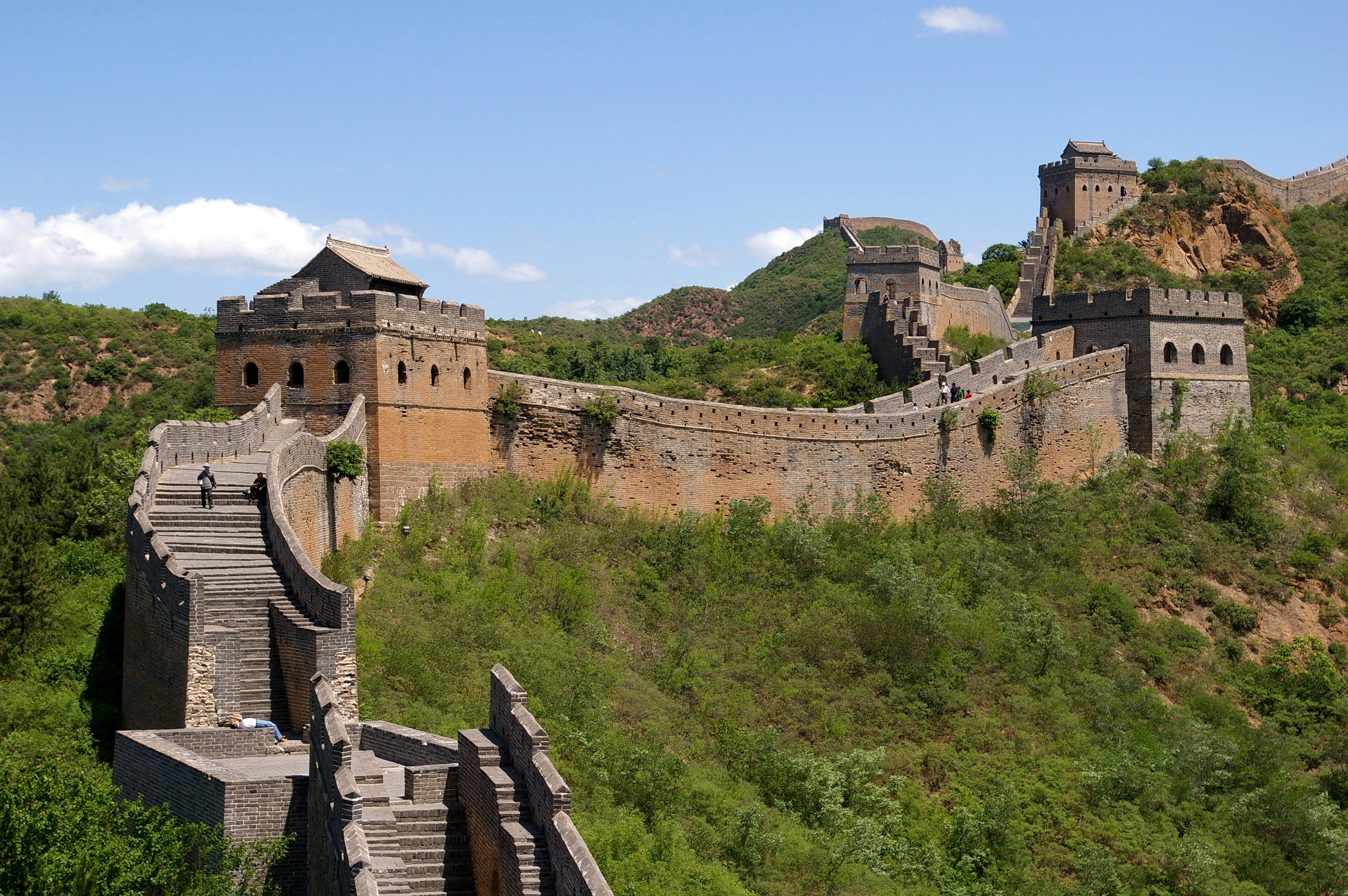
Stretching almost 13,171 miles, more than ten million people visit the Great Wall of China every year. Building began in the 3rd century BC, and by the time it was finished in the 17th century AD it was the largest military structure in the world and had great architectural and historic importance.
9. Itsukushima Shinto Shrine, Japan

Known for its floating torii gate, the Itsukushima Shinto Shrine dates back more than 1,400 years. The shrine complex is a holy place of Shintoism and is made up of 20 structures. The impressively designed structures are connected by boardwalks, but one of the best ways to experience the complex is by taking a boat cruise around the inlet during high tide.
10. Acropolis, Athens, Greece

This ancient citadel dominates Athens as it holds the remnants of buildings that had major historic importance. Esteemed sculptors and architects designed these monuments where theatre, democracy, philosophy, speech, and freedom of expression were eventually produced. Highlighted by the Parthenon, the Acropolis is one of the most significant ancient sites in the world.
11. Cinque Terre, Italy
With cars being banned here, you’ll really get to feel the distinct history and character of the Cinque Terre’s centuries-old five coastal villages. Whether you’re hiking, eating, or taking a boat tour, it’s hard to deny that the Cinque Terre is among the most beautiful historical places in the world.
12. Works of Antoni Gaudi, Spain
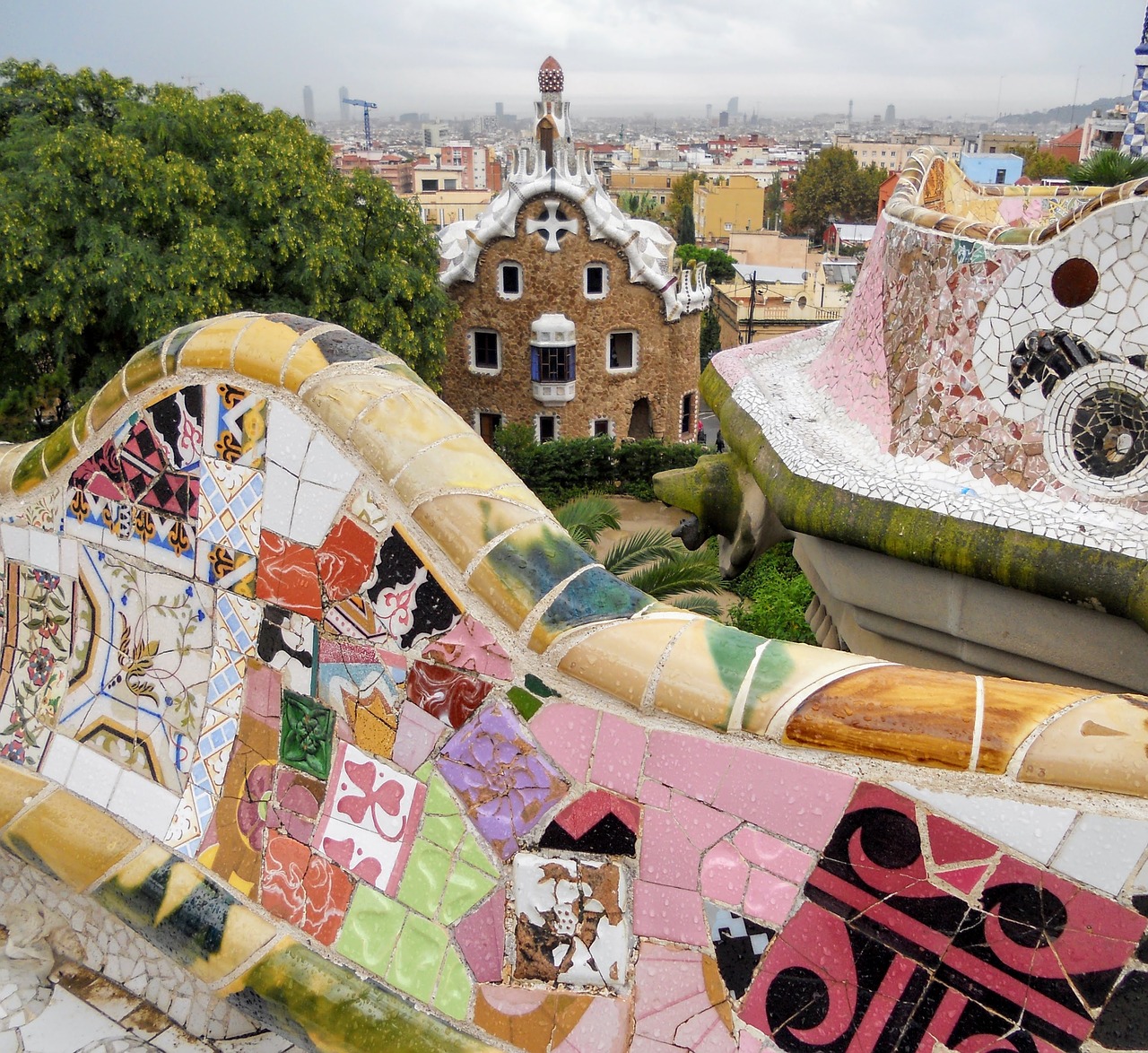
Synonymous with the city of Barcelona, Antoni Gaudí brought a creativity and style to architecture that people are still raving about. His modernista pieces were heavily influenced by nature, religion, and architecture, and he even introduced new treatment techniques like trencadís. When you plan your list of things to do in Barcelona, you should definitely include some of Gaudí’s most famous works like La Sagrada Familia and Park Güell.
13. Vatican City

The world’s smallest country has huge significance. Not only is the Catholic holy city home to the pope, but it also houses countless pieces of prized art and many years of great history. Baroque and Renaissance art and architecture characterize Vatican City, and are displayed perfectly at one of the world’s largest religious buildings, St. Peter’s Basilica.
14. Rila Monastery, Bulgaria

This 10th century fortress-like complex was the dwelling and tomb of St. John of Rila and is now Bulgaria’s largest and most famous Eastern Orthodox monastery. Housing around 60 monks, the inside will prove to be just as impressive as the outside as it boasts colorful domes, stylish colonnades, unique frescoes, and exceptional architecture.
15. Abu Simbel, Egypt

A small village with beautiful views of the desert and lake, Abu Simbel’s claims to fame are its two enormous temples that were rescued from Lake Nasser’s rising waters. Each temple is impressive in its own right with the Temple of Ramses II containing four statues of Ramses that are more than 20 meters tall and the Temple of Hathor being one of Egypt’s best-preserved complexes.
16. Chichen Itza, Mexico
The center of pilgrimage for more than 1,000 years and previously the Yucatán’s most powerful city, the Mayans really did us a favor by creating Chichen Itza. One of the greatest places to visit in Mexico, there’s still so much to enjoy here from ancient carvings in the structures to sound and light shows in the evenings. Highlighted by El Castillo, the striking 30-meter step pyramid makes Chichen Itza stand out among Mexico’s best ruins.
17. Cultural Landscape of Bali, Indonesia

While Bali is typically famous for its beaches and mountains, UNESCO draws our attention to its five rice terraces and their water temples, including the 18th-century Royal Water Temple of Pura Taman Ayun. One of the reasons why it’s so significant is because of the use of the 9th century farming practice called subak, which helped the Balinese become effective rice growers.
18. Leshan Giant Buddha, China
Back in the 8th century, Hai Tong led the charge to carve the Leshan Giant Buddha out of a cliff face. The result was a 71-meter Buddha statue that is both the tallest and largest in the world.
19. Cappadocia, Turkey
Cappadocia is a fascinating geological wonderland of “fairy chimneys”, or large, cone-shaped rock formations. But that’s not all…it’s also full of caves, cave churches, fantastical landscapes, and underground cities. To take in Cappadocia at its best, book a hot air balloon ride so you can see all of the unique landscape and enjoy one of the best sunrises in the world.
20. Los Glaciares National Park, Argentina

Highlighting the list of the most beautiful places in the world, glacial lakes and rugged mountains are only the beginning of one of South America’s best parks. With ⅓ of the park being covered in ice, the glaciers are some of the most accessible in the world. Wildlife viewing, hiking, and climbing are super popular here along with helicopter rides over the park.
21. Venice, Italy

Venice is a dream destination that’s made up of more than 118 islands. It’s filled with stunning canals, art, and architecture that are sure to capture your heart as you explore renowned sites like Saint Mark’s Basilica, Doge’s Palace, and the Rialto Bridge and market. The only pedestrian-only city in the world, you’ll have to rely on your feet or a boat to experience the captivating atmosphere in Venice.
22. Plitvice Lakes National Park, Croatia
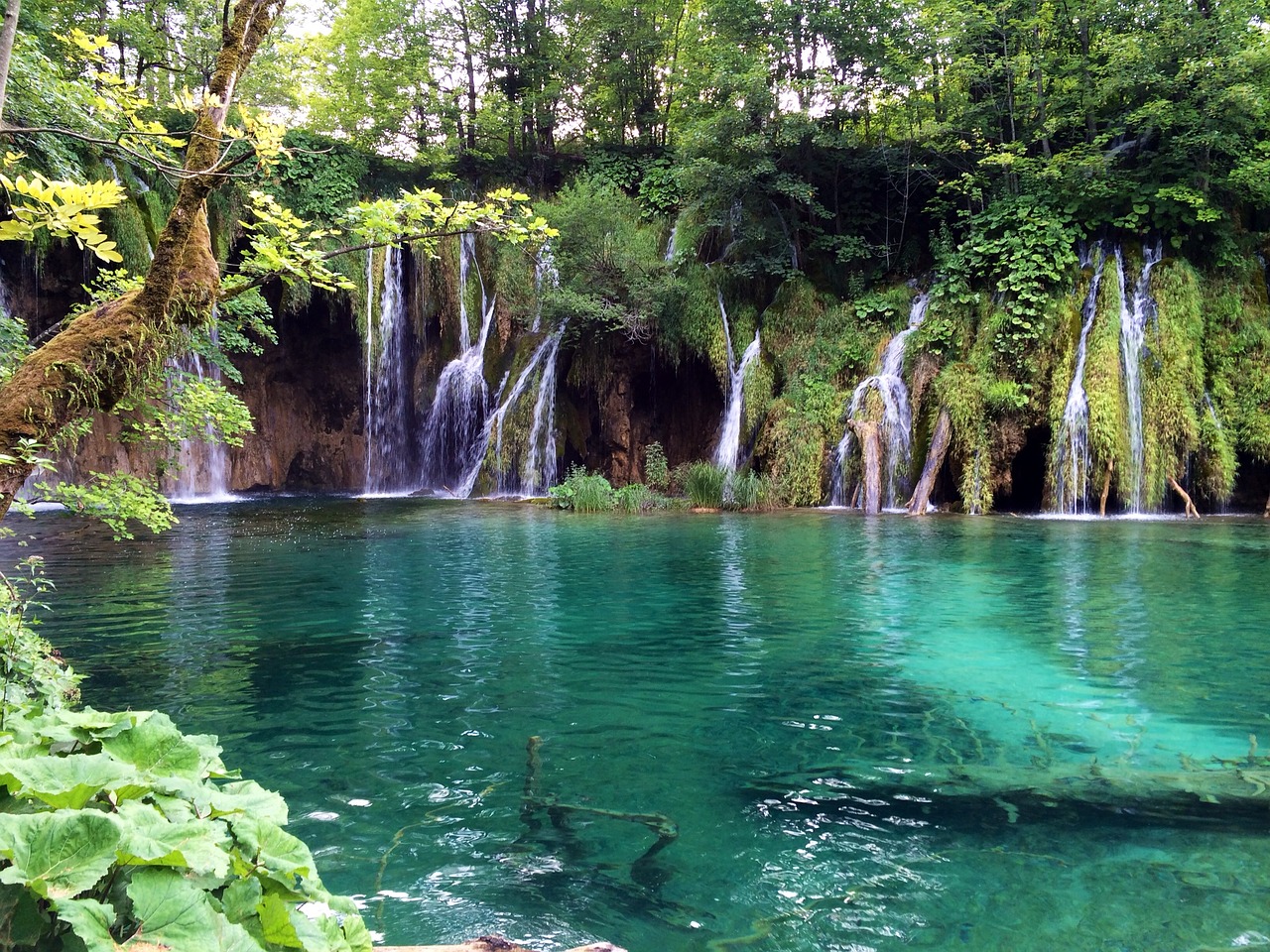
Waterfalls, lakes, and caves highlight one of Europe’s best national parks. Other than their natural beauty, its 16 lakes are known for their variety of colors that change based on the angle of the sun and organisms and minerals in the water. Because Plitvice Lakes National Park is heavily forested, you’ll have the chance to check out many different types of animals, birds, and trees.
23. Ha Long Bay, Vietnam
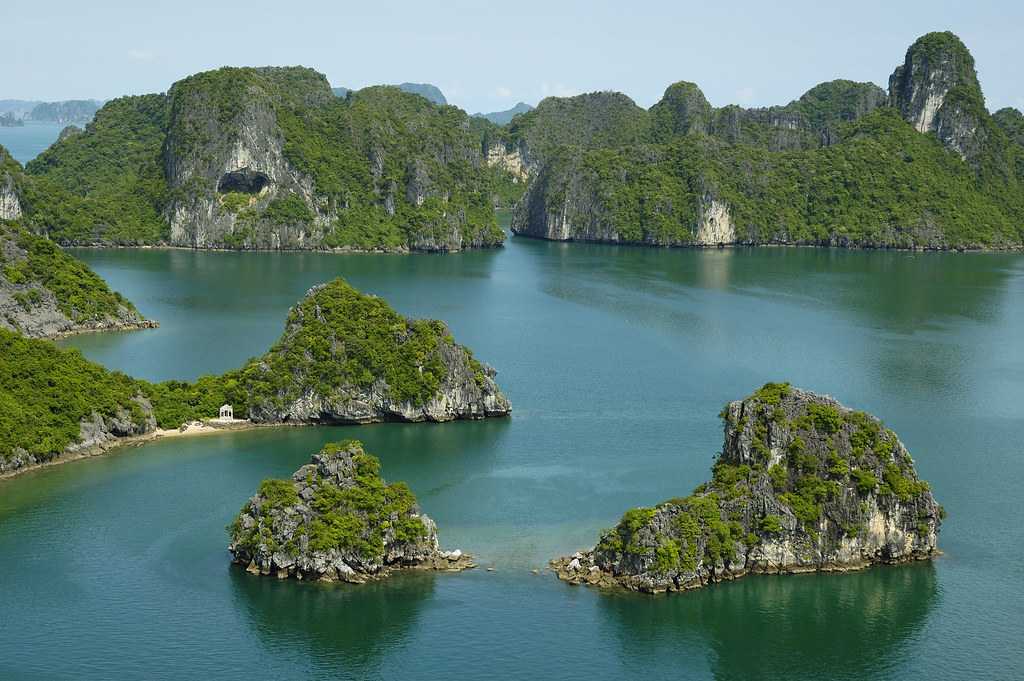
Known for its limestone pillars and rainforests, Ha Long Bay is made up of nearly 2,000 islands. While most of the islands are uninhabited, the large caves and trees on many of them make for stunning landscapes.
24. Hampi, India

This majestic city contains the remains of the last great Hindu kingdom. Created during the Vijayanagara Empire, more than 1,600 pieces still remain and include temples, gateways, forts, and more. With a landscape defined by hill ranges, open plains, and the Tungabhadra River, the city has a rocky topography that’s perfect for those who enjoy climbing.
25. Bagan, Myanmar

The Myanmar Kingdom’s first capital city houses the world’s largest concentration of Buddhist monuments. Its more than 2,500 structures include monasteries, pagodas, ruins, temples, stupas, etc. dating back to between the 10th and 14th centuries AD.
26. Mont Saint Michel, France

Initially founded by a hermit from Ireland, this medieval town is characterized by intricate architecture and curvy streets and is most known for having one of France’s best attractions, the Mont Saint Michel Abbey. Started in the 10th century, this Benedictine abbey is a great example of Gothic and Romanesque architecture, and it was one of the first UNESCO World Heritage Sites. The rocky isle of Mont Saint Michel is also home to more than 60 buildings that are protected as French national heritage sites.
27. Rani-ki-Vav, India

Rani-ki-Vav, or the Queen’s Stepwell, was constructed in the 11th century AD to memorialize King Bhimdev I. The water resource and storage system was built using the complex and intricate Maru-Gurjara architectural style. Designed as an inverted temple, Rani-ki-Vav has seven levels and more than 1,000 sculptures to explore.
28. Grand Canyon National Park, USA

Thanks to the erosion from the Colorado River, the Grand Canyon is among the best spectacles on the planet. Stretching almost 300 miles, this magnificent gorge is almost a mile deep and the width varies between less than a half mile to almost 19 miles.
29. Bam, Iran

Dating back to the 6th-century Achaemenid Empire, Bam used to be famous for creating cotton and silk garments. Because it’s in an oasis, their lives depended on underground irrigation canals, and these preserved canals have proven to be some of the oldest in Iran. While it’s home to many historical structures, its crown jewel is Arg-e Bam. Arg-e Bam is the world’s biggest adobe building, and it’s the best example we have of something being built with the vernacular technique of mud layering.
30. Ayutthaya Historical Park, Thailand

Among the best places to visit in Thailand, the island city of Ayutthaya was established in 1351 by King Ramathibodi I and became Siam’s second capital. Today, the Ayutthaya Historical Park covers its ruins and 289 hectares of the park have been given UNESCO status because of the exemplary Thai art that’s on display. With many buildings to see, some of the highlights include the Buddhist temples of Wat Mahathat, Wat Phra Sri Sanphet, and Wat Ratchaburana.